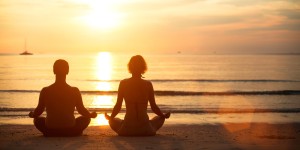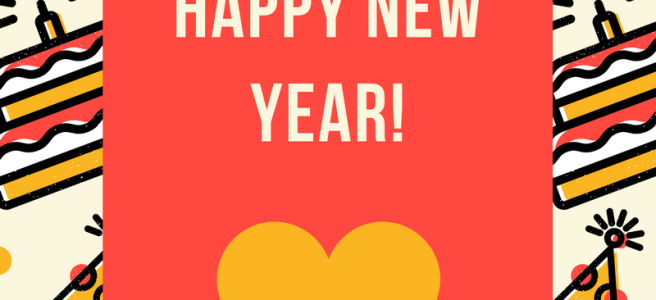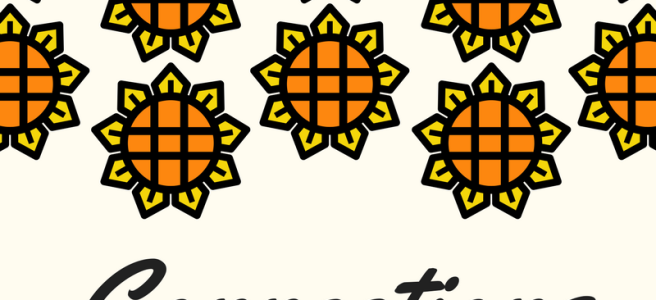What is a connection between people? How do connections form and why do they disconnect? In this article, we take a look at the world of human connections.
The name is bond…
I believe connections are bonds, invisible to the human eye, but very real to our emotional selves. If we are sensitive, we can pick up on how well we “get along” with different people. With some people, we seem to be compatible as friends and with others, for some reason, we have nothing in common. In romantic relationships, we call this chemistry, but in our daily lives, we naturally have people we are on the “same wavelength” with and others, we simply do not connect with.
Synchronicity
Has is ever happened to you that you think about another person, like your Mum, only to receive a text from her a minute later. This is what some people call a coincidence, but I believe that humans have ways of reaching out to each other, that we don’t yet fully understand. Siblings in particular have especially good connections and twins can even know what the other twin is feeling or doing at a given time. We can think about each other and if we listen, we can “pick up” on little messages from each other.
Breaking up is hard to do
They are called break-ups for a reason. We literally invest our energy into forming bonds or relationships with other people. If we have a very heart felt-connections with another, be it romantically or even on a friendship basis, this can be quite a strong bond. If we spend a lot of time bonding with that person, the relationship gets stronger. When relationships end, or when friendships end, this bond is broken. And the end sometimes can be short and swift, or can take a long time to heal.
Long-distance calls
There is no distance that love cannot travel. Our friends in other countries remain connected with us. Even though we can be far apart from our friends when they are in different places, they still feature in our thoughts and our lives. Sometimes something small like hearing their favourite song on the radio can remind us of that friendship.
Well-wishes
There are wonderful phrases in the English language which describe how we make positive connections with others. Sometimes we say “Send my love to your parents” when we speak with a friend, whom we are very close with. Or when we see great suffering, we may say “my heart goes out to those people”. These are examples of us giving out good energy to other people.
Forever and Ever
We keep connections that are healthy and which give us a positive feeling. Sometimes, this even means that people who have passed on still remain connected to us. The first way that children are taught about death that the person is not gone, but they live forever in our hearts. This is quite a beautiful way to view death. It can help the grieving process to know that the connection is different now, but it is not over.
Conclusion:
Connections are like bonds between two atoms. We form and break connections all the time. There are strong, weak, short-lived and long-lasting, positive and negative. Some take time to develop or heal once broken. The cosmic dance of relationships is for our greater good. Always.








